- qatar@redrockinternational.com
- +974 4464 2249
- Level 8, Al Jazeera Tower, Doha, Qatar

Copyright Red Rock International 2025 © All rights Reserved.

Copyright Red Rock International 2025 © All rights Reserved.
Red Rock International Typically replies within minutes
Any questions related to Clear Communication?
WhatsApp Us
🟢 Online | Privacy policy
Get in touch
"*" indicates required fields
We’ll get back in touch as soon as possible – normally within a day of receiving your message

"*" indicates required fields
We’ll get back in touch as soon as possible – normally within a day of receiving your message
